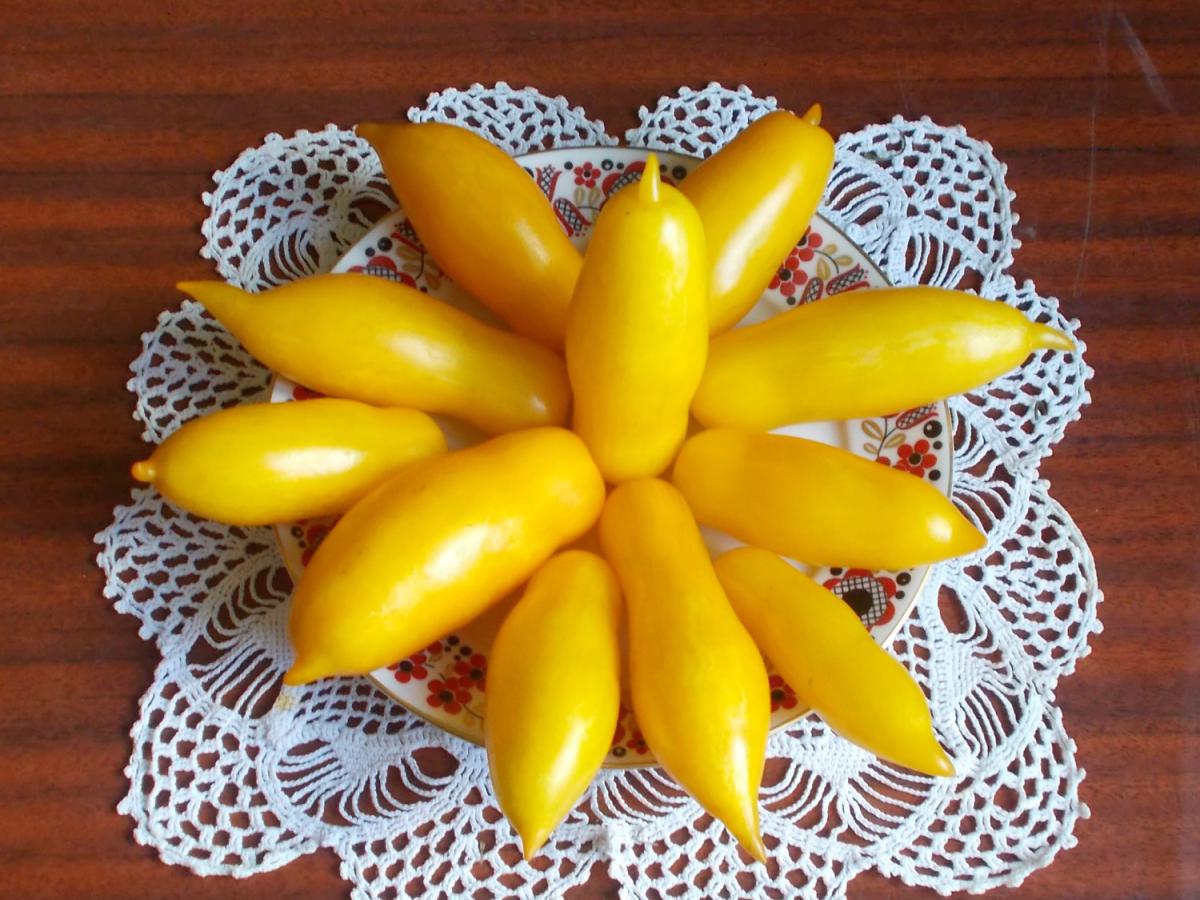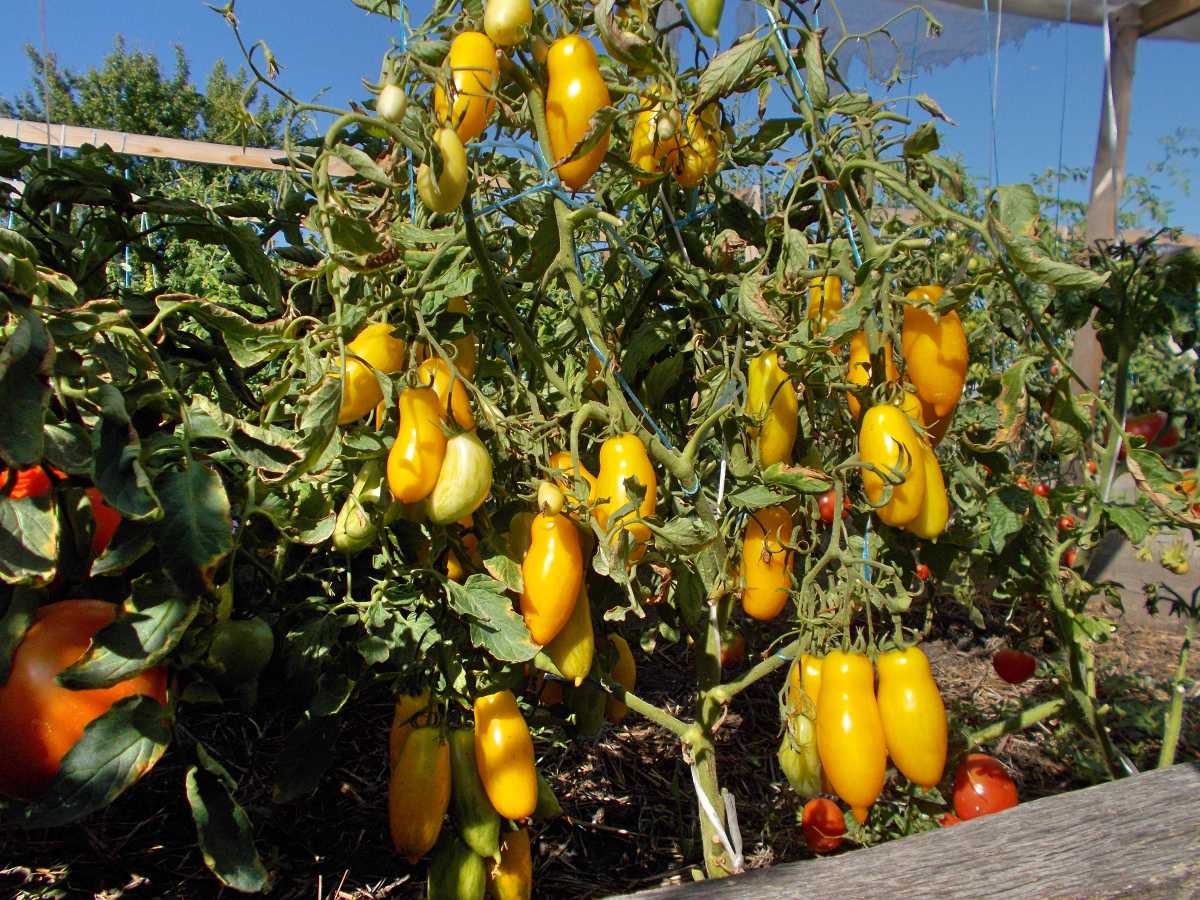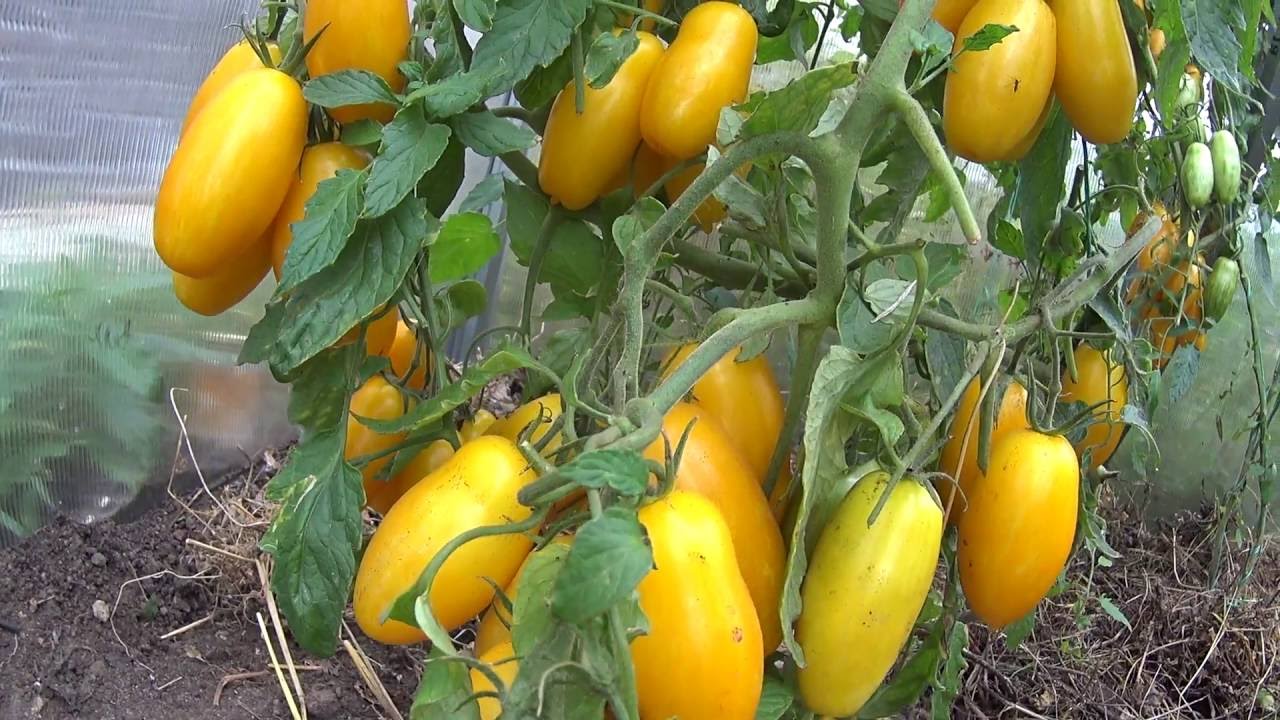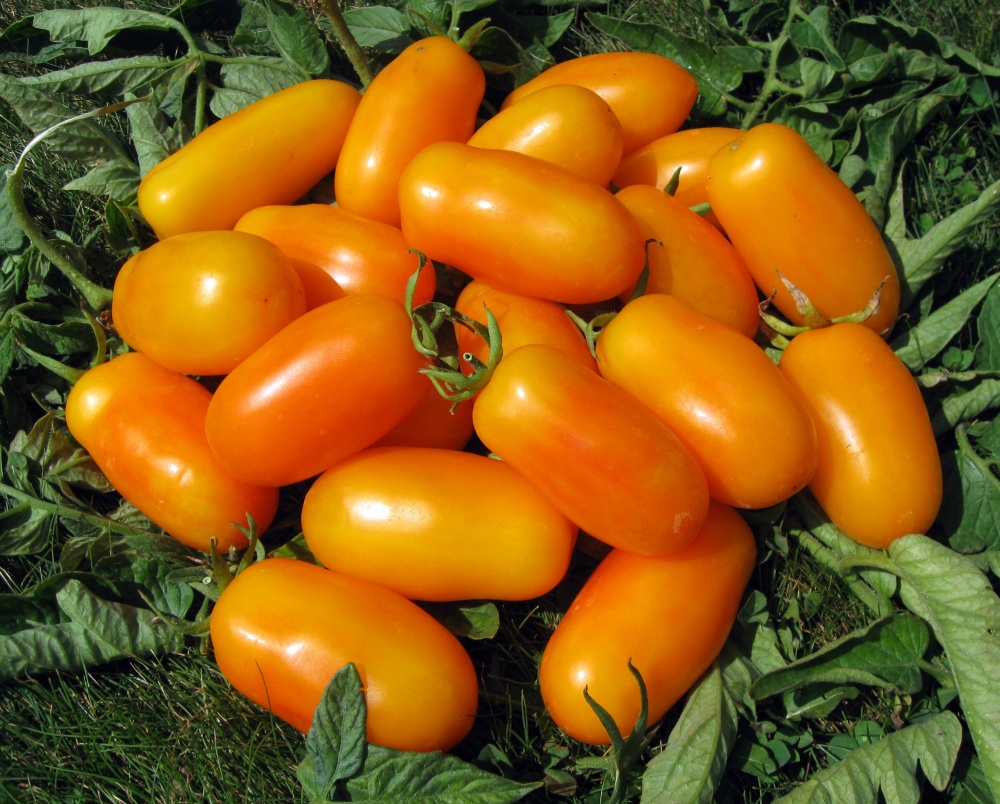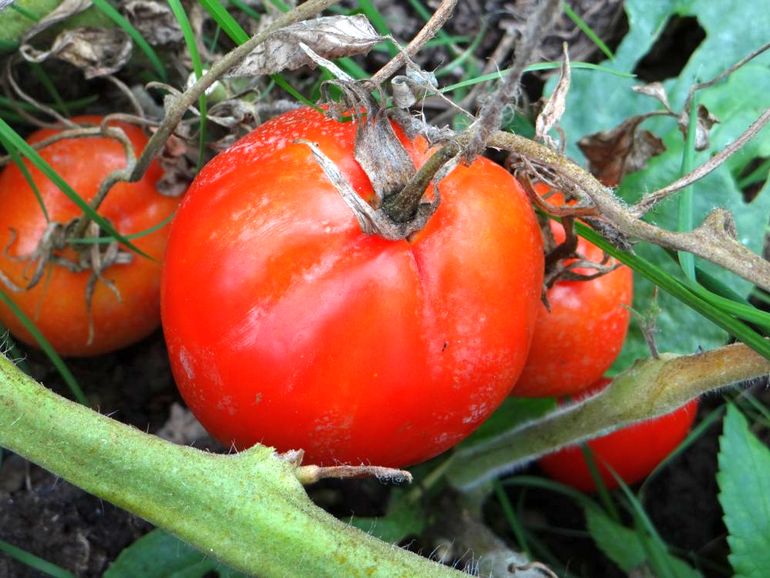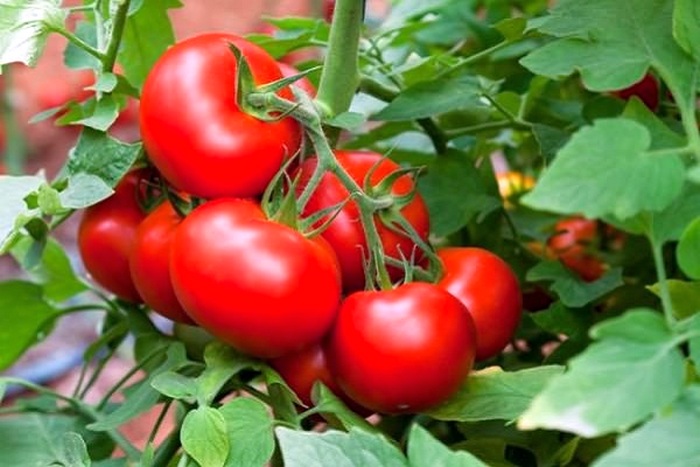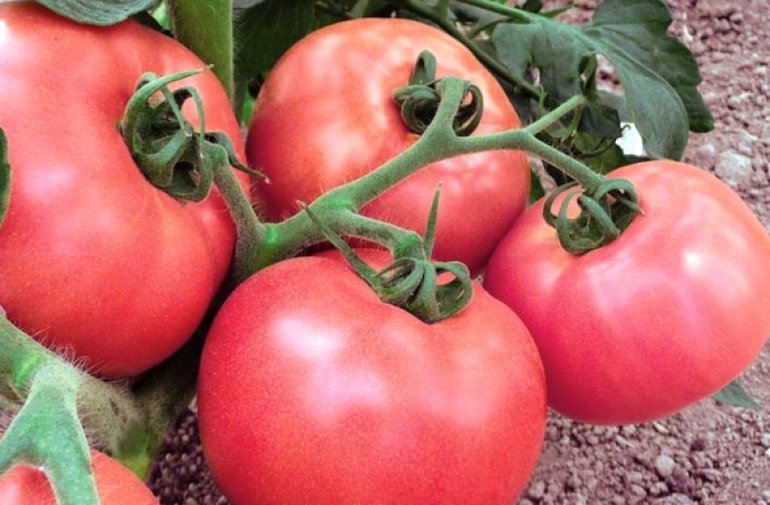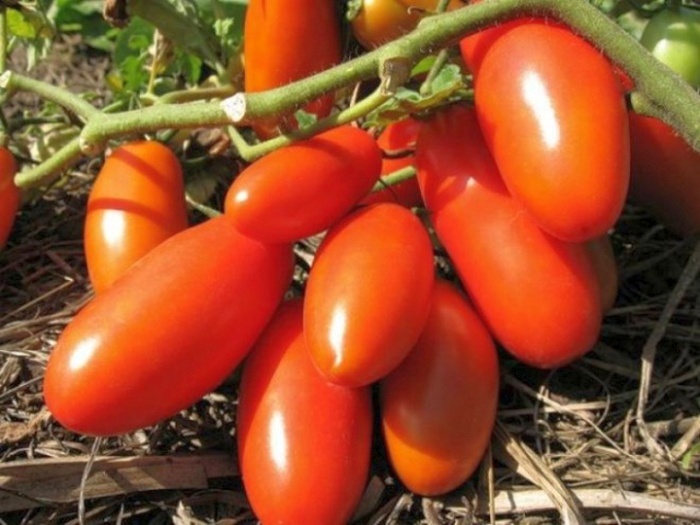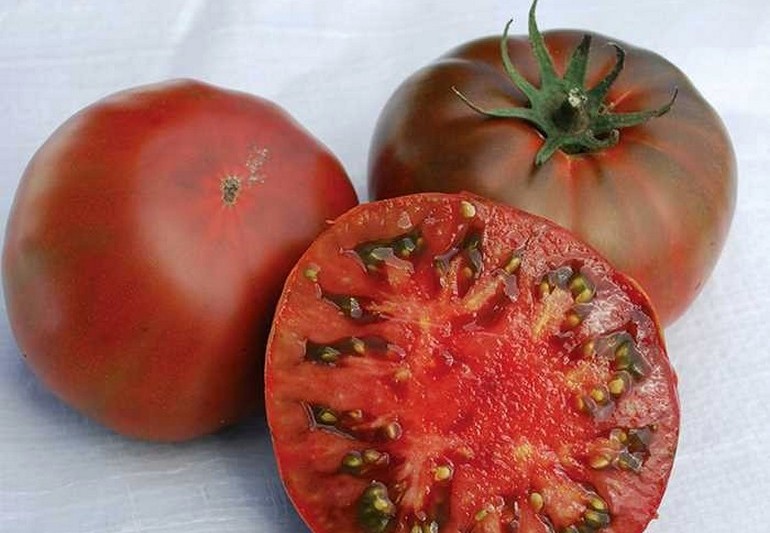Content:
Among the huge variety of tomato varieties, there are unusual representatives of this culture. Not all summer residents are ready for experiments, but some grow bright and interesting tomatoes on their plot. The Banana Legs variety is not often found in the beds of domestic gardeners, although its cultivation is associated with many positive aspects.
The Banana Legs tomato appeared a long time ago: in 1988 it was bred by breeder Tom Wagner in the United States of America. The official name of the variety by which it can be found in catalogs is Banana Legs. Summer residents still show interest in these tomatoes, associated with the name, appearance of the fruit, and care.
Description and characteristics of the variety
The variety perfectly adapts to various climatic conditions, is able to tolerate night frosts up to (−1 ° C) and dew, its fruiting does not decrease with frequent temperature drops. Thanks to this, the territory for planting the Banana Legs tomatoes is vast: the northern and southern regions, the middle zone of Russia. Nevertheless, this variety is more in demand in the south and in central Russia, where planting banana legs tomato in unprotected soil can be carried out by seedling and seedling method. In the presence of a heated greenhouse, cultivation by sowing seeds in the ground is possible both in the Urals and in Siberia.
Tomato variety Banana Legs is a high-yielding and mid-season tomato variety. It takes 70-80 days from germination to the start of fruit ripening, and one bush is capable of producing up to 6 kilograms of tomatoes.
Banana legs are a determinant variety, that is, the growth of the bush is limited due to the formation of an inflorescence at the top of the plant. These tomatoes bloom with small white flowers located in a brush. Tomato Banana Legs, like all Solanaceae, is self-pollinating. After pollination, a fruit ovary is formed.
Plant parameters
This Banana Tomato can be described as follows:
- Branched bushes, their height in unprotected ground is 60-80 centimeters, while in a greenhouse it can reach one and a half meters;
- The leaves of the plant are thin, carved, their surface is pleasant to the touch with its velvety;
- There are 6-10 fruits in the hand;
- The shape of ripe tomatoes is compared to an elongated plum up to 12 centimeters long, for someone outwardly these tomatoes really resemble small bananas;
- A ripe tomato has a dazzling yellow or orange color. On tomatoes that are not yet fully ripe, you can notice longitudinal green stripes - they will disappear later when the fruits are ripe to the end. Tomatoes do not crack when ripe;
- The mass of one tomato is 50-80 grams when it comes to open ground, and 100-130 grams when growing tomatoes in a greenhouse or with very good care in unprotected ground;
- The fruits are juicy and fleshy, they contain some citrus notes, and the number of seeds in the chambers is kept to a minimum. The skin is firm and glossy. The flesh hidden inside the tomatoes has a slight sour aftertaste. In structure, it is fleshy and a little rough.
Banana legs are used for everything: salads, sauces that need to be given a beautiful yellow color, pastes, canning. These tomatoes hold up well both whole and cut freeze thanks to their thick skins.Tomatoes of this variety can also serve as an excellent table decoration, thanks to their bright and non-standard appearance, which will surprise guests.
Growing features
Seedling method
The process of planting banana legs tomatoes for seedlings is quite standard and does not have any features:
- Seeds are prepared approximately two months before their intended planting in the ground. As a rule, this is done in early or mid-March. Sowing material is slightly moistened and then sent to potassium permanganate solution for three hours. At this time, they are engaged in soil, which must be disinfected with boiling water or the same potassium permanganate, dissolved in water. Tomato seedlings like a fairly loose, pH-neutral soil. It must provide good air and water supply. The planting substrate can be purchased from a specialist store to avoid unnecessary work, to make it at home, you will need the following components:
- sod land (preferably from deciduous forest) - 2 parts;
- sand (river and washed) - 1 part;
- fully matured humus - 1 part;
- chalk - 50 grams;
- wood ash - 10 grams.
Before using the substrate, mix it thoroughly.
- The next step is to moisten the prepared soil and plant the seeds, keeping a gap of two centimeters between them, and five centimeters between the rows;
- Containers with future seedlings are removed to a room with a temperature of +20 to +22 degrees, covered with a film or glass. Lighting should be diffused;
- The appearance of the first shoots is accompanied by the transfer of boxes to a lighter, but cooler place. It is advisable that the temperature be kept in the region of +15 degrees for 14 days - this will help to avoid stretching the seedlings in height;
- The formation of three or four true leaves suggests that it is time to plant the tomatoes in separate cups or transplant them into larger containers. From this moment on, root dressing is carried out every week with complex fertilizers, and the room temperature can be increased to 20 degrees;
- Tomato seedlings must be moved to open ground or a greenhouse at the age of 50-60 days. When transplanting, take into account that there should not be more than four plants per square meter. A too tight fit affects the result.
- Watering the tomatoes begins seven days after transplanting, with water at room temperature, at the rate of 25 liters per square meter. Watering is desirable in the evening.
Seedless method
Planting banana leg tomatoes with seeds can only be in well-heated soil, adhering to the same principle for placing future bushes as in the seedling method. The distance between the rows is maintained from 70 centimeters to one meter.
The wells are formed by adding fertilizers to them: humus, potassium nitrate, urea, superphosphate. The number of components is determined by the state of the garden land. The holes can contain from three to five seeds. Subsequently, two seedlings are left, replanting or destroying the excess.
Care
The care of the Banana tomato variety is usual, as it is not very demanding. One and a half weeks after transplanting, the tomatoes are fed as follows: one tablespoon of urea is added to a bucket of grass or mullein diluted with water in a ratio of one to ten, and the plants are watered at the root with this mixture.
The description for the Banana Legs variety says that it does not need pinching, but many summer residents on various sites have long been talking about the fact that it is possible to increase yields by moderately removing stepchildren.If you have experience in gardening and the ability to correctly perform this procedure, you can heed the advice and form a bush of 3-5 stems.
In the greenhouse, the banana leg tomatoes are watered as the surface layer dries, and in unprotected ground, depending on the weather. The correct moisture level helps maintain mulching for which hay or grass is used.
In good weather in summer, Banana Legs are fed under the root during flowering and fruiting, and in unfavorable conditions, watered over the leaves with a solution of milk with iodine or yeast water.
Advantages and disadvantages
This variety has a lot of positive aspects and few negative ones. Pros of the variety Banana legs:
- Landing rules are standard. In addition, you can plant it directly with seeds outside without room seedlings;
- Not picky about care;
- In most cases, shows a high level of yield;
- It has an unusual, attractive appearance;
- Its fruits have a delicate taste with a piquant sourness;
- Able to adapt to various climatic conditions;
- Not susceptible to common diseases of Solanaceae, for example, late blight;
- Suitable for growing in open ground and greenhouses;
- Good seed germination;
- Tomatoes are not damaged in transit.
Among the disadvantages of tomatoes Banana legs:
- Simultaneous ripening of fruits, which is disadvantageous when growing tomatoes for yourself. (For those who need them for sale, this will be a definite plus.);
- There is a lot of controversy about the taste and use of these tomatoes in cooking. Some people find their taste too mild for fresh consumption, and someone argues that they are not suitable for canning due to the presence of too thick peel.
For the sake of interest, a small comparison can be made on some parameters of Banana Legs with other varieties. Tomatoes Banana red, Banana pink, Banana orange and Banana yellow are similar in name and shape to this variety.
Red banana tomato is found most often in the gardens of domestic summer residents, while, for example, orange banana tomato is grown by gourmets. The characteristic and description of the variety of tomatoes Red Banana resembles Banana Legs: these tomatoes are also determinant and unpretentious, they also tolerate transportation well, they are distinguished only by their bright red color.
All varieties of the Banana tomato cultivar have almost the same benefits as Banana Legs. But the disadvantages of banana tomatoes have their own:
- bushes are difficult to form;
- a lot of negative reviews about taste;
- high dry matter content in fruits.
For comparison with Banana Legs, you can take the Lights of Moscow - an early ripe tomato variety that has a reddish tint and has the same positive characteristics. But Moscow tomatoes will lose to Banana Legs: this variety is grown only in the south of the country because of its need for abundant heat.
Banana legs are a cultivar that every gardener should grow and try. It is unpretentious and at the same time capable of decorating any vegetable garden and table, the taste of this variety gives rise to many disagreements. There is only one way to be sure of all the qualities attributed to the Banana Legs tomato: plant it in your area.

